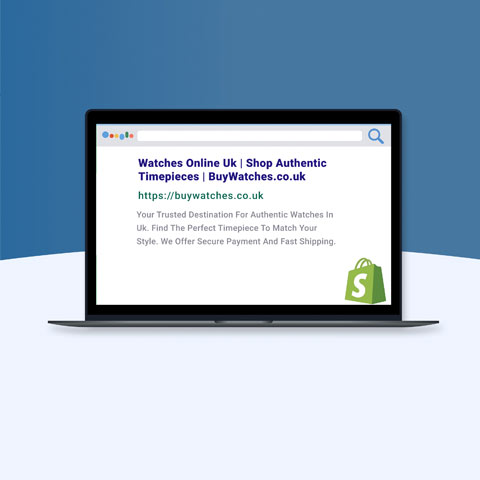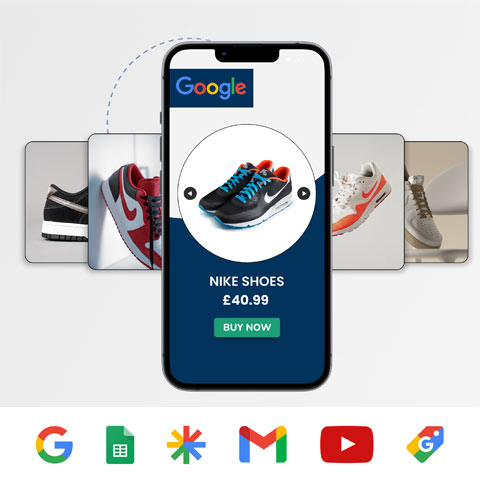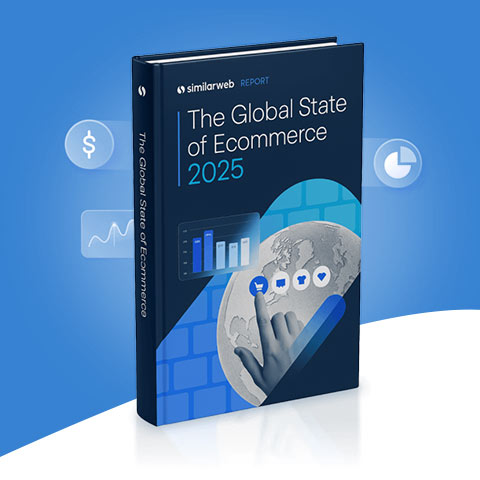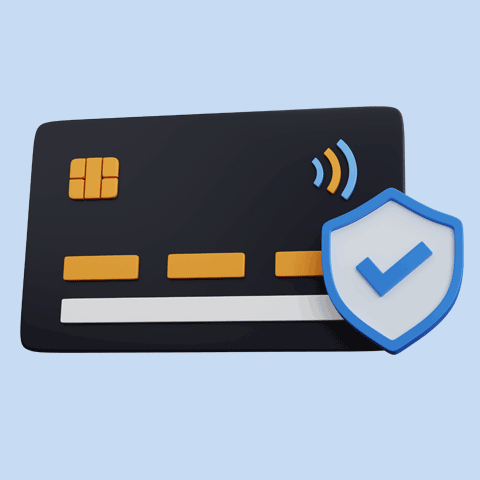A Guide to Email Marketing Automation


Email marketing automation is a fantastic way to send relevant, personalised emails to your customers efficiently and at the right time. Automation streamlines processes so you can communicate with your customers at scale to keep them loyal and engaged. Not to mention it also encourages them to keep spending money with you.
But when it comes to creating an effective campaign, where do you start and how do you do it? If you’re new to email marketing automation, this guide should answer many common questions, help you save time and increase revenue. Not only will we answer the question: what is email marketing automation? But also why it’s necessary and how you can ensure your organisation is doing it effectively.
What is email marketing automation?
Email marketing automation is a way to contact your customers via email without having to go through the long and arduous process of sending them manually.
Many businesses already have a degree of email automation. For example, if a customer buys a product from your website, you no doubt send an automated email confirmation to the customer with an order number, delivery timeframe and other relevant information. Or, perhaps when a customer emails you, they receive an automated reply that states someone will get back to them within three working days. Both of these are a version of email automation.
However, it can also go further than this – much further. Using data and analytics, you can automate a huge array of communication emails, from feedback surveys to lead nurturing messages. Not only does this save your marketing team time, money and energy, but it ensures you’re being as productive, efficient and effective as possible – which both saves and makes you more money.
Why use email automation for your marketing?
We’ve already touched on this, but email automation has a huge number of benefits that mean it should undoubtedly be something you’re doing. If you’re not doing it already, you’re potentially wasting time, money and resources. Every day, 333 billion emails are sent worldwide, and automation can help you stand out from that incomprehensible number.
Below are just some of the reasons why your business should be automating marketing emails.
1. Make your communications more personalised
Every marketer knows that personalisation is the key to engagement. The more personalised and relevant something is, the more likely your customers are to engage. The same applies to email marketing – but perhaps even more so.
Personalised emails go way beyond addressing the recipient by their name. It’s about sending them the right message in the right way at the right time – and automation helps make that happen. Personalisation strengthens your content, which leads to more engagement, greater loyalty and – ultimately – more money spent with you.
2. Improve the customer experience
With more personalisation, customers are more likely to be sent relevant content that resonates with them because it aligns with their interests, goals, problems, browsing and purchase history, and more. Because of this, the customer has a far more positive experience, which ensures they continue to engage.
3. Make your marketing more timely
Automation ensures a hands-off approach to customer engagement, so it doesn’t need you or another member of your team to monitor trends or data to send well-timed communications. Manual processes can face lengthy delays, which means you’re more likely to miss out to your competitors.
4. Reduce costs and increases revenue
When there’s no need for your marketing team to manually send emails, make phone calls or keep an eye on data, it frees them up to do more important tasks. This boosts efficiency and productivity, ensuring your workforce can do more of what they’re good at and passionate about. Plus, email automation workflows are hugely effective at nurturing leads, which can have a positive effect on your conversion rate.
Each of these contributes towards both reduced costs and improved revenue, which alone is a good enough reason to implement email marketing automation.
5. Improve customer retention and loyalty
With so many options available to them, your customers could easily find the solution to their problems elsewhere. However, one thing that can prevent them from wandering is for them to feel valued, appreciated and listened to. Automation helps make that happen. Personalised emails that support your omnichannel strategy will help improve retention and build loyalty.
6. It’s scalable
One of the great things about automation is that it’s very easy to scale, which is completely the opposite of doing something manually. This applies to email marketing – if your customer base doubles, the workload stays relatively similar (and you could argue that the increase in data it provides makes it easier and more effective).
How to automate your email marketing
Now that you know a little more about what email marketing automation is and why it’s something you should consider using, it’s time to take steps toward automating your business’ own efforts.
Below are some of the steps you can take to implement an email marketing automation strategy.
Choose an email marketing automation software
The first step is to find the right email marketing automation software for your business. Because every business is different, there is no one-size-fits-all solution – but there is a solution out there that aligns with your goals and objectives.
Do your research, read reviews and request demos. Find the right software for your business so you can automate workflows, drive sales and make more money.
Here at Apteco, we have efficient and user-friendly campaign automation software that will ensure your emails are seen by the right customers at the right time.
Segment out your customers
Once you have your email marketing software, you can use it to analyse data and organise your customers into segments. You can segment your customers by a wide variety of criteria, such as age, location, interest, purchase history or need.
By segmenting your customers, you can create highly targeted campaigns that are relevant to them. That way, you’re being as efficient as possible and are far more likely to have higher conversion rates.
When you email customer segments, you can also use this as a way to gather more data to refine future campaigns and ensure they’re even more effective.
Set your goals
Determine the goals and objectives of your email marketing campaigns and how automation can help make them happen. It goes without saying that your goals will centre around revenue, but they should be specific and measurable so you can determine the success of your campaigns.
Examples of goals you might set for email marketing automation might be:
- Nurture leads
- Improve open rates
- Improve click rates
- Reduce cart abandonment
- Increase brand awareness
- Increase upsells and cross-sells
- Improve engagement
Understand which automation you’ll need to set up
Your business sends countless emails to your customers every single day. A lot of these will be manual, but the vast majority can be automated to make processes faster, easier and more efficient. Some email marketing automation examples include:
Confirmation emails
If a customer places an order, signs up to your newsletter, or signs up to receive a notification when an item’s back in stock, they can be sent an automated confirmation email. This is standard practice and is something you should be doing to build trust in your customers.
Post-purchase workflows
Post-purchase workflows are a series of emails that are sent to a customer once they’ve placed an order. It starts with the confirmation email, which can then be followed up by a shipping update, delivery notifications, customer feedback requests, and future product updates and changes. You can also send cross and upselling emails with offers, reorder reminders, product education information and details about loyalty programmes.
This ensures a positive customer experience that remains relevant to the customer. It also builds trust and loyalty and ensures you’re providing personalised and open communication that they’re interested in receiving and engaging with.
Abandoned cart emails
As many as 85% of potential customers in the UK add items to their shopping cart but don’t follow through with the purchase. Emails can be automated to encourage orders to be completed, which can be personalised with offers and discounts, such as 10% off or free shipping. This can be an efficient and cost-effective way to increase sales and the ROI of your automated email marketing strategy.
Nurturing workflows
Nurturing workflows can streamline communication with customers and potential customers no matter where they are in the sales pipeline. Thanks to segmentation they can be highly personalised to build relationships and drive sales.
Re-engagement emails
Customers will always come and go – it’s an unfortunate part of the customer lifecycle. However, automated re-engagement emails can help you win back dormant customers and rebuild their loyalty.
Set enrollment criteria for these workflows
With your goals and objectives set, you can set enrollment criteria for specific customer segments. These are workflows that are triggered when a customer does something specific, for example, if they sign up for your newsletter a welcome email will automatically be sent.
Examples of workflows you could utilise include:
- Lead nurturing workflows
- Abandoned cart workflows
- Reengagement workflows
- Onboarding workflows
- Event
- Celebratory workflows (such as birthdays or anniversaries)
- Recommendation workflows
- Feedback workflows
Create your email campaign assets
Automation can help you send the right email to the right customer at the right time, but you also need to ensure they include personal, relevant and well-crafted content. This includes clear and succinct copy, visual assets such as images and graphics, interactive elements and a strong call to action.
On top of this, it also needs to be mobile-friendly and seamlessly fit with the rest of your marketing strategies.
Test your email marketing campaign
Before sending your customers a single email, test them to ensure they’re fully optimised and that personalisations and links work correctly.
A/B testing is also recommended to ensure you can learn more about your customers and increase engagement and conversions.
Track the campaign, review the results and adapt future content
Data is one of the most valuable assets your business has, so make sure you track your campaigns, analyse data and make changes to improve future emails. Your marketing will never be complete, so continuously improve your strategy to get better results than the previous campaign.
Learn more about Apteco’s email marketing solution
Automation is an invaluable tool that you should be using to streamline and optimise your email marketing strategy. Without it, you risk losing out to your competitors and stagnating. Learn more about Apteco Orbit’s email marketing solution so you can boost your strategy and engage your customer base.
Want more like this?
Want more like this?
Insight delivered to your inbox
Keep up to date with our free email. Hand picked whitepapers and posts from our blog, as well as exclusive videos and webinar invitations keep our Users one step ahead.
By clicking 'SIGN UP', you agree to our Terms of Use and Privacy Policy


By clicking 'SIGN UP', you agree to our Terms of Use and Privacy Policy
Other content you may be interested in
Categories
Categories
Categories

Want more like this?


Want more like this?
Insight delivered to your inbox
Keep up to date with our free email. Hand picked whitepapers and posts from our blog, as well as exclusive videos and webinar invitations keep our Users one step ahead.
By clicking 'SIGN UP', you agree to our Terms of Use and Privacy Policy



![[Research] Apps: The Secret Engine of Ecommerce Growth [Research] Apps: The Secret Engine of Ecommerce Growth](https://images.bizibl.com/sites/default/files/apps-and-web-similarweb-480.jpg)





